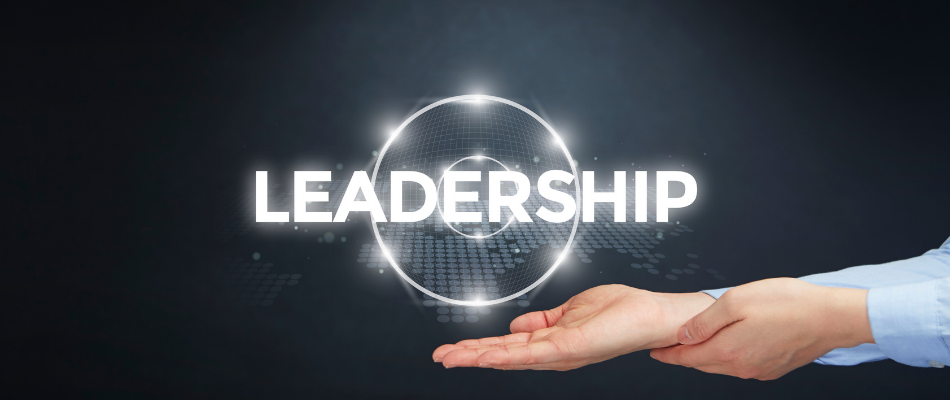We continue with our conversation about Lead 3.0. We need different ways of engaging with and making sense of the warp-speed changes in society, technology, and the marketplace. And of course, the spectre of Covid-19 is still with us. And we continue to find effective ways in which we as individuals and organisations can lift the economy and reverse the negative effects of climate change.
 Lead 3.0 encompasses a set of concepts that the research team at Regenesys is exploring to equip our leaders to be successful in the future. They have identified five dimensions that will inform the craft of leadership into the future.
Lead 3.0 encompasses a set of concepts that the research team at Regenesys is exploring to equip our leaders to be successful in the future. They have identified five dimensions that will inform the craft of leadership into the future.
- Dimensional Intelligences
- Connectivity
- Digital Leadership
- The Semantic Organisation and
- Ubiquity
In this article, we will focus on Digital Leadership. In the context of our conversation here digital leadership is not the same as digital technology. We will explore the nuances and complexities of leading digitally.
People follow other people and not technologies or strategies. Digital leadership means finding new techniques for coaching in a new eco-system consisting of a mix of employees, subcontractors, part-timers, and gig workers who are working remotely and in the office. As a leader practising Lead 3.0 you must find new ways to reach everyone and coordinate and synthesise their activities to ensure that organisational goals are met.
Value-driven leadership
Our teams want to do work that has meaning and value. They want leaders who can conceptualise and articulate that value and that meaning. To be the kind of person people want to follow you have to know yourself and your personal values. You must communicate them clearly and regularly, and you must be authentic. But here is an important distinction; we must articulate our values within the context of adding value to the organisation. We can see how digital leadership links closely to and follows on from the previous article on connected leadership.
The subtlety of this is that you must understand how your products and services add value to your clients, and how your organisation’s sequencing of the value-adding processes deliver the final value to the client. This is the foundational activity of performance management. The essence here is not on what team members are doing – the activities. The emphasis is on what value is being added.
The first step to digital leadership is to be clear about the value addition processes in your organisation. Integral to this is an understanding of what detracts from or enhances these value addition processes.
Coaching and synchronising
Leaders in digital leadership must find new techniques for coaching and harmonising in a new eco-system consisting of both humans and automated applications. As a leader, you must find ways to reach everyone. The value-addition activity points in your organisational workflow provide the content for these coaching conversations. You must clarify the quality parameters that determine what enters the value addition process, and as well as what the product of that process should be. Your people, systems (employees, contactors, [remote and in the office]) and your automation systems (chatbots, call centres, automated responses) must be aligned. They all must contribute singularly to adding the specified value.
Innovation
In the previous paragraph, we spoke about setting up our systems to add value in a regular, consistent, dependable manner. At first glance, innovation threatens confusion to our careful systematised processes. On closer reflection, it is not the process of adding value that is important. It is the actual addition of the value that is significant. When customers’ needs change, when technology changes, when competitors change, we must be dexterous to respond assertively to reconfigure the value addition process. Our attention must be on the value, not on defending a system that should add that value.
Lead 3.0 demands a benign paranoia. Nothing is static. The elegant solution of today is the dinosaur of tomorrow. As human beings, we find it awkward to change something which we have so carefully crafted. One part of innovation is embracing the new, the other, the more difficult part is abandoning the old.
Security and integrity
Our digital world, with multiple networks, platforms, applications, and devices, demands an active understanding of security, privacy, and integrity. Data is crucial to our organisations. Data gives us the ability to understand our addition of value. The starting point is understanding and articulating our values, as we outlined in our conversation about value-driven leadership. To put it simply: if we value security and integrity, and we add value, our customers will value us. The implications of responding to security and integrity are complex and all-embracing. It includes data storage, online communication, the regulatory environment, industrial espionage, and protection of personal information. Lead 3.0 demands that we have the knowledge and skill to assess the risks and ask the right questions.
Diversity and inclusion
Diversity is not a nice-to-have. Often, it is narrowed down to race and gender. These are essential, but there are so many more dimensions to diversity and inclusion. We need the oddballs, the different thinkers, the disrupters, the balloon poppers. This is where we find the innovations, the solutions that seem obvious now, but which no one thought of earlier. Our article on dimensional intelligence expanded on this in more detail. Lead 3.0 means getting comfortable with people whose views are very different from our own. Just as we must change our organisational systems in response to new contexts, we must also be prepared to discard some of our prejudices and fond assumptions. And this is painful. But it is the way of Lead 3.0.
Learnability
This is an obvious attribute. Everybody must learn continuously. We must learn faster, and we must learn how to unlearn. Formal learning, microlearning, and just-in-time learning are some of the notions that dwell in this space. Part of our learning should focus on the performance of our specific tasks and roles. Other learning activities should expand our worldviews, expose us to new ideas, and challenge our preconceived notions. A good place to start is with the dimensional intelligences. If you are low on music or rhythm, read up about the history of music or learn to play the recorder. You will develop new neural pathways in your brain, which will improve your brain health and make you future fit.
Human Sustainability
Work-life balance is essential for Lead 3.0. You cannot perform at your best if you are not at your best. Relaxation, constructive human relationships, and physical health are important, and you must pay attention to these issues.
You will find many helpful articles on the RegInsights blog on improving your physical and mental health. It’s worth having a look.
In conclusion, the gig economy encourages all of us to adapt and to embrace a range of roles and experiences and become a new kind of leader, one who can meet our career needs and one for whom we build loyalty and trust.






